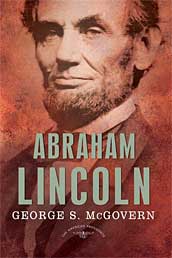

Upon seeing how close Lincoln was to the 233 votes needed after the third ballot, a delegate from Ohio switched 4 votes from Chase to Lincoln. See also: United States presidential election, 1860 Republican Party nomination Presidential ballot


Lincoln then withdrew and threw his support to Trumbull, so that an anti-Nebraska candidate would be assured victory. When pro-Nebraska Democrats were unable to reelect Shields, they switched their allegiance to Matteson, who had no stance on the Act. opposed to the Kansas–Nebraska Act) voted for Trumbull rather than vote for Lincoln, a Whig. Note: Five "anti-Nebraska" Democrats (i.e. Senators were elected by the state legislatures, not by vote of the people Candidateĥ1 votes needed for election Candidate won that Round of voting Candidate won Senate seat The election was held on February 8, 1855, for a term starting in March 1855. The election was held in November 1854, for a term starting in March 1855. Illinois House of Representatives ġ854 - Wins seat in Illinois House of Representatives, declines seat to focus on future candidacy for United States Senate. See also: Illinois's 7th congressional districtġ844 - Lost Whig Party nomination to Edward Dickinson Baker 1846 elections Illinois's 7th congressional district general election, 1846 Party Illinois Sangamon County House District General Election, 1840 Party Illinois Sangamon County House District General Election, 1838 Party Illinois Sangamon County House District General Election, 1836 Party Illinois Sangamon County House District General Election, 1834 Party

Illinois House of Representatives Illinois Sangamon County House District General Election, 1832 Party He later served as the 16th president of the United States (1861–1865). Lincoln served one term in the United States House of Representatives from Illinois (1847–1849). This is the electoral history of Abraham Lincoln.


 0 kommentar(er)
0 kommentar(er)
